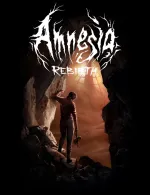
Why Frictional Games Returned To The World Of Amnesia With Rebirth
Amnesia may be one of the scariest games of all time. If nothing else, you can’t deny its impact on the industry and how it spawned a slew of horror games were players could not fight back against the terrors they faced. But why did Frictional Games decide to return to this spooky world now – nearly 10 years later? What did they think of The Chinese Room’s Amnesia sequel A Machine for Pigs? And how do they trick players into scaring themselves? We talked with the Frictional team to find out.
What got you excited to return to the world of Amnesia?
Thomas Grip (creative director): The first game only takes place in an old castle, but in notes, you find hints to all sorts of exotic locations. It felt like a waste to never let players experience these. This was the initial motivation for returning to the game’s universe.
How did you land on the Algerian desert for Rebirth?
Ian Thomas (writer): It's 1937, and Tasi is on her own in the middle of the desert. As you'd imagine, there's no GPS and no reliable radio, so her prospects aren't great. That should immediately summon up all sorts of fears, and that harshness was partly what inspired us to use that setting. The rest came from Amnesia: The Dark Descent – there was lore in that game set in Algeria, and we'd always wanted to explore that in a bit more depth.
What can you tell us about Tasi? What kind of hero is she?
Thomas: Tasi is having a rough time of it! She's French, originally from Paris, but has spent time abroad working on engineering projects. When we meet her, she's already an experienced traveler, but now she's out of her depth. She's not an action hero, a soldier, or a paranormal investigator – she's simply someone who's been through a lot in life and is now trying to survive.
The press release calls this an evolutionary leap. What makes Rebirth a big step forward?
Grip: In Amnesia we had a basic theme we wanted to get across, but we weren’t very successful at it. What did work was getting interesting horror gameplay, and this was the main selling point. In Soma, we managed to get the themes across really well, but we never got moment-to-moment gameplay that was anything extraordinary.
In Rebirth, we combine those experiences. Our goal is to create a game where there is a big impact from the higher-level themes, but still has a very solid moment-to-moment foundation. Players shouldn’t expect to see anything world-changing in terms of the basic gameplay. We have based it on what worked in The Dark Descent, and then done all we can to make it feel fresh 10 years later. The big stand-out feature of the game is that it’s at a much higher level. The experience of going through this game will shape the player’s journey in a way that I think will be quite special.
Soma taught us how to craft an emotional journey that takes a few hours to take hold, and we are using that knowledge as much as we can. Think of it like recent horror movies such as The Babadook and Hereditary. Moment-to-moment scares (while expertly done) are nothing new, but when they’re combined with the high-level narrative – this should be a unique experience.
What did you guys think of The Chinese Room’s Amnesia sequel A Machine for Pigs? Will you bring over any elements from that game?
Grip: I really liked the game. The Chinese Room nailed the atmosphere, writing, and visuals, and the music was nothing short of amazing. I think our issues were around it being unclear that it was not a direct sequel to The Dark Descent, and that made people go into it with the wrong expectations. Rebirth will be much more of a true successor to The Dark Descent, with many of the original mechanics still intact.
When it comes to influences from A Machine For Pigs, there won’t really be anything from the story. However, we have learned a lot from how that game managed to craft amazing environments and have used other similar settings as inspiration.
Since the release of the first Amnesia, a lot of other games have followed in that formula of combat-less survival horror. What do you think of the state of the genre now?
Fredrik Olsson (creative lead): The general purpose of combat-less mechanics is to make the player feel exposed and vulnerable. There are probably tons of ways you can still innovate on the mechanic in general, but for us, it all comes down to what the game is all about and what you want the player to experience. It’s not so much a question of how cool a feature is by itself, but rather how the use of this feature feeds into what we want the player to feel and think. We have a couple of new features in Rebirth that we feel add fuel to the main narrative and theme of the game – but I can’t really go into any further details without spoiling too much. Innovating on combat-less mechanics, in general, isn’t really a goal for us. We’d rather have the core and intended experience of our games dictate the evolution of our mechanics.
What is the trick to making things scary?
Grip: The trick is to allow players to scare themselves. You want to build a mood and environment that makes the player's imagination run wild. Then you push the player in the desired direction without saying or showing too much. With Amnesia: The Dark Descent this approach was almost entirely implemented on a lower, moment-to-moment, basis. In Rebirth we want these haunting thoughts to arise and brew over a much longer period. This allows us to cover different subjects and to affect players at a deeper level.
Are Amnesia and Soma set in the same universe?
Grip: Nope. Apart from us learning a ton from designing Soma, there are no thematic or lore connections.
We heard that you have multiple projects in the works. When can we expect you to tease the next thing?
Olsson: This is really difficult to answer at this time. We’re just about to finish the first project under our new two-project studio formula, and a lot of new processes and systems have been implemented and adjusted continuously during development. It’s been a lot of work, but everything feels really promising so far. The next step, following release, will be to transition over most of the team to start production on the next project and at the same time initiate a new pre-production on a “third” project.
It’s very difficult to predict when we will start teasing the next game. To be honest every project is different. Some projects (like Amnesia: Rebirth for example) benefit from a shorter teaser/announcement period while other games need more time in order to create interest and hype in time for release. It all comes down to strategy really, and I’m not sure we’ve decided on one for the next game yet. What I can tell you, however, is that we do not intend to take as much as five years between releases ever again. That’s the whole point of the two-studio formula.
While you wait for Rebirth, catch up on The Dark Descent by reading our review, and find out where it ranks on our top 25 horror games of all time list.
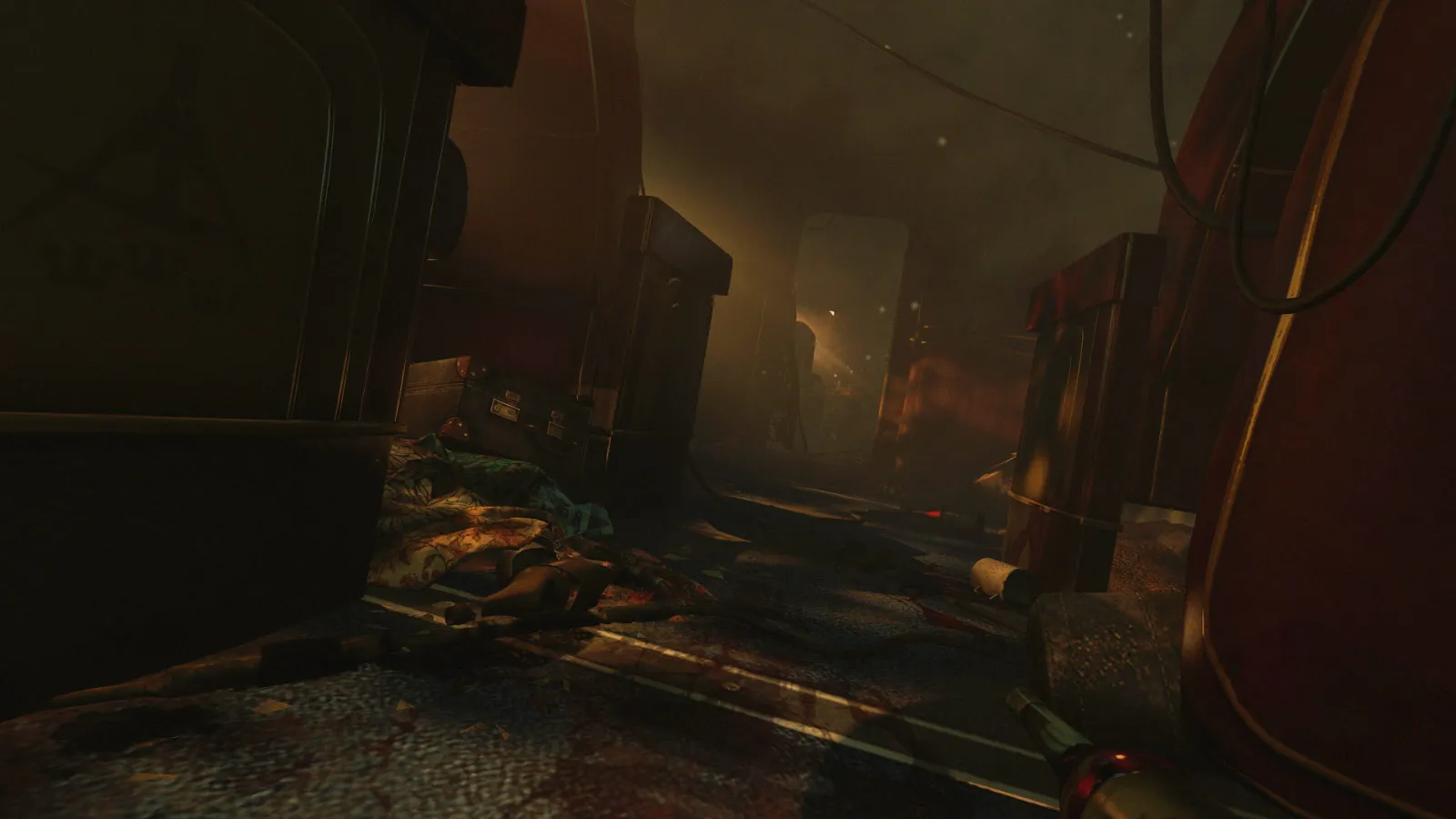
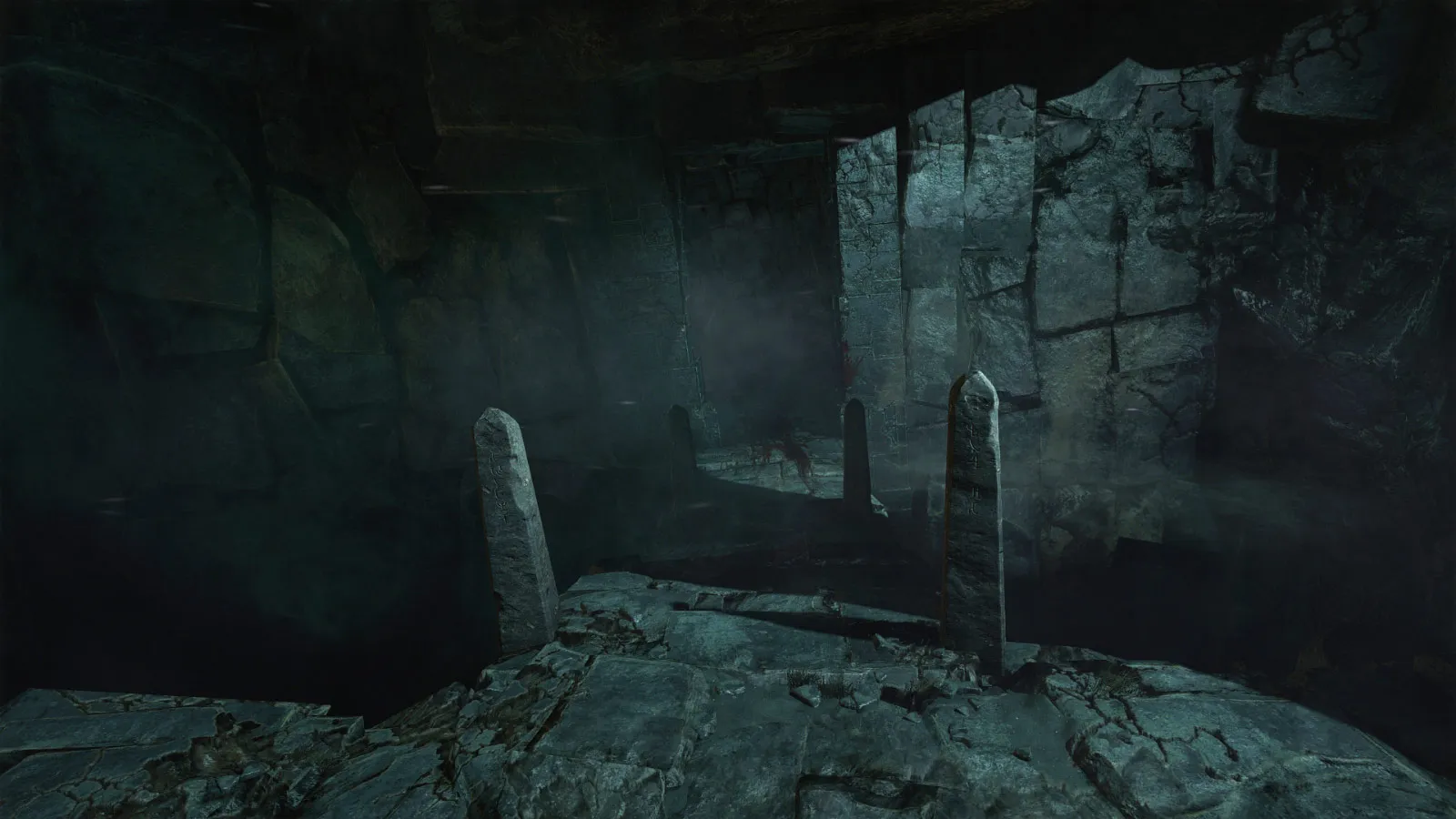
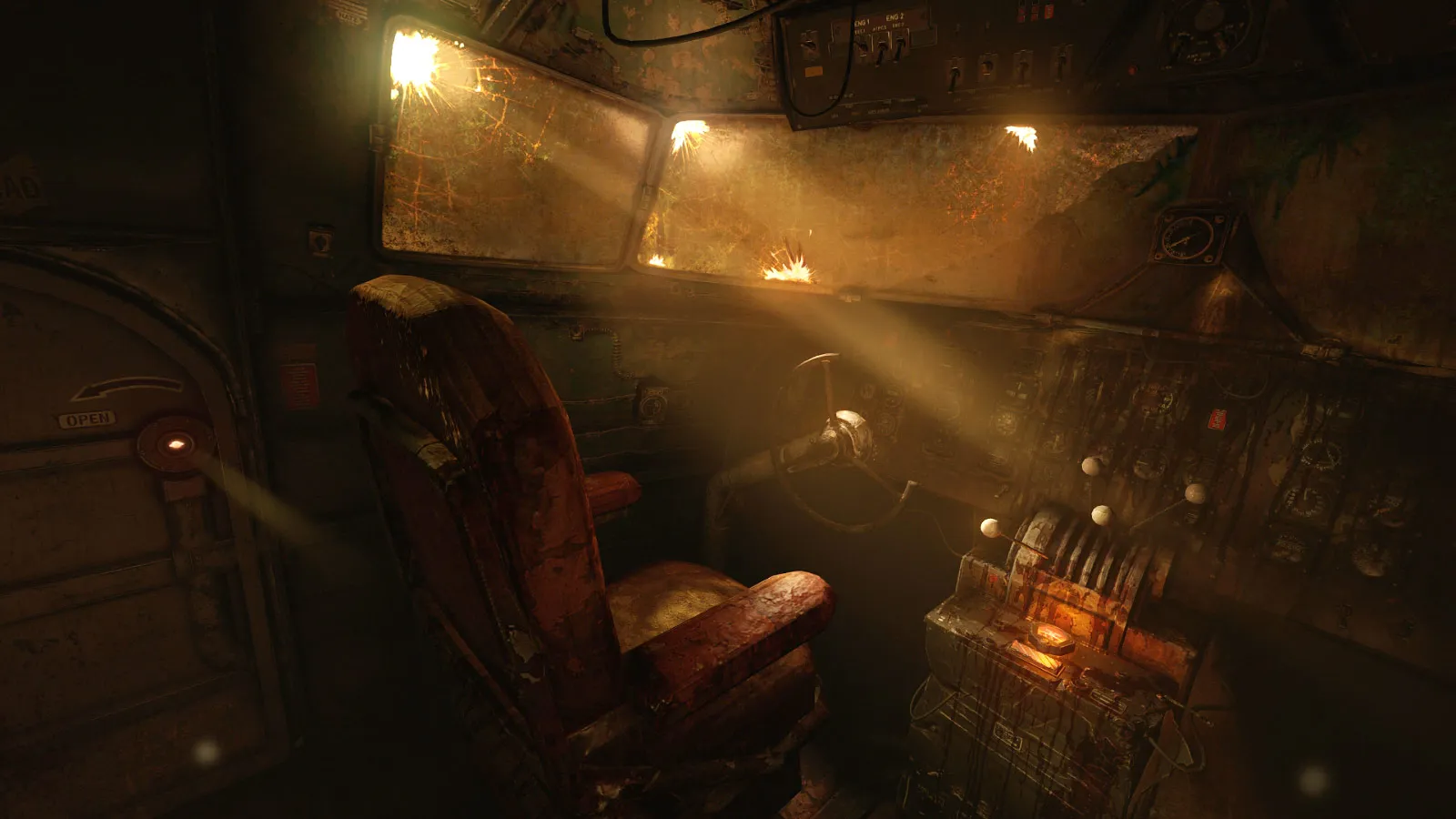
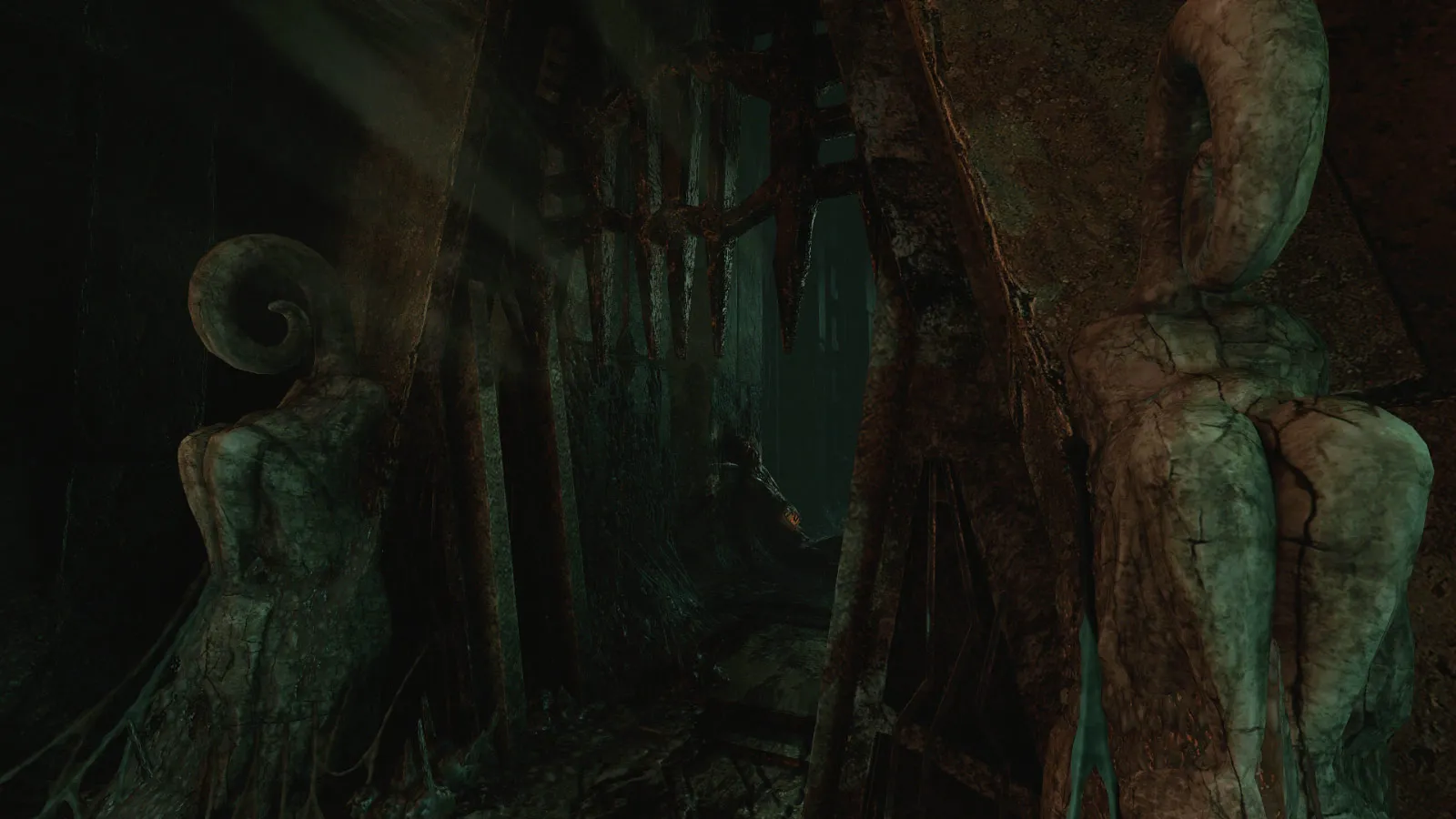
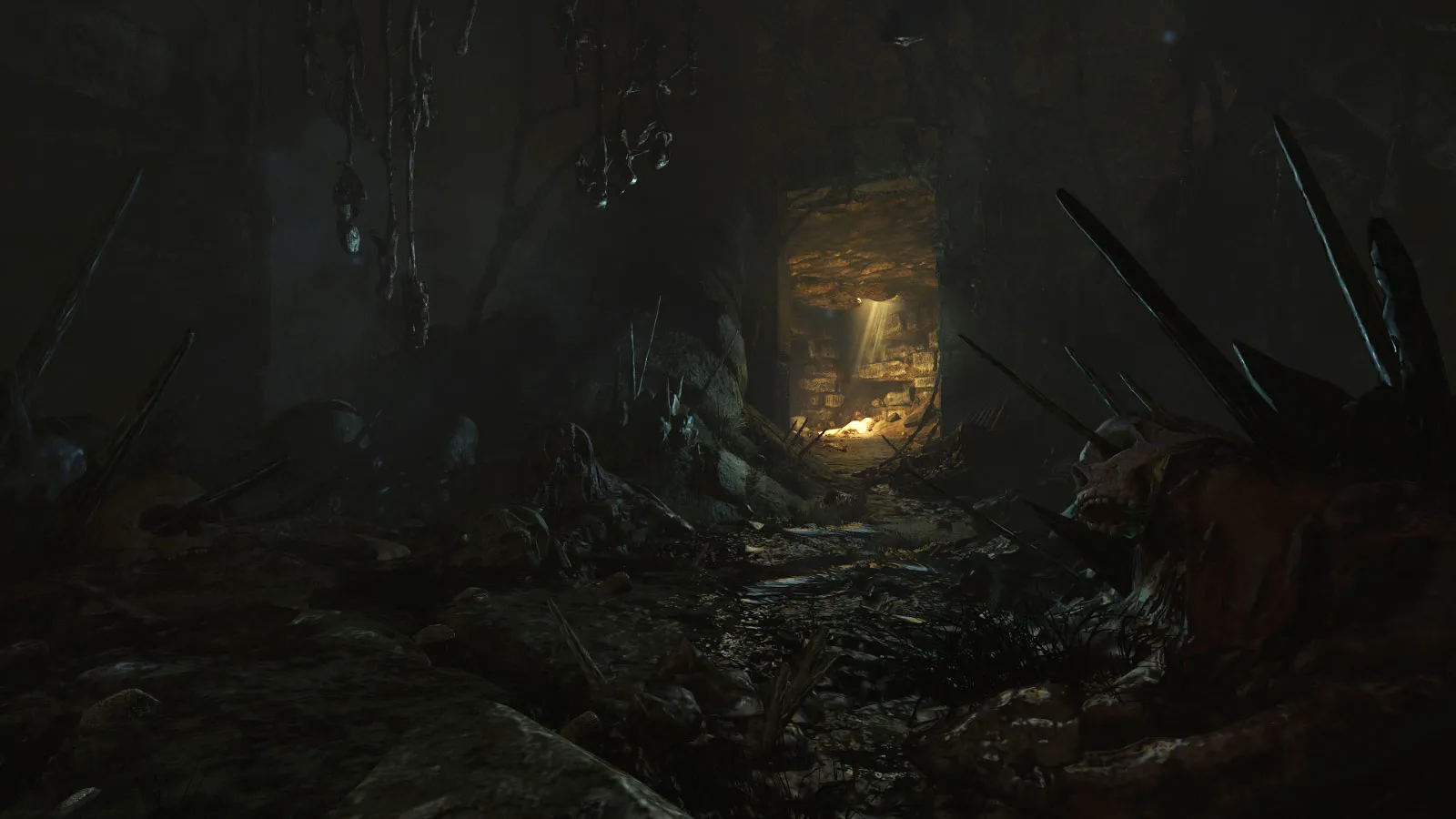

Get the Game Informer Print Edition!
Explore your favorite games in premium print format, delivered to your door.
- 10 issues per year
- Only $4.80 per issue
- Full digital magazine archive access
- Since 1991
